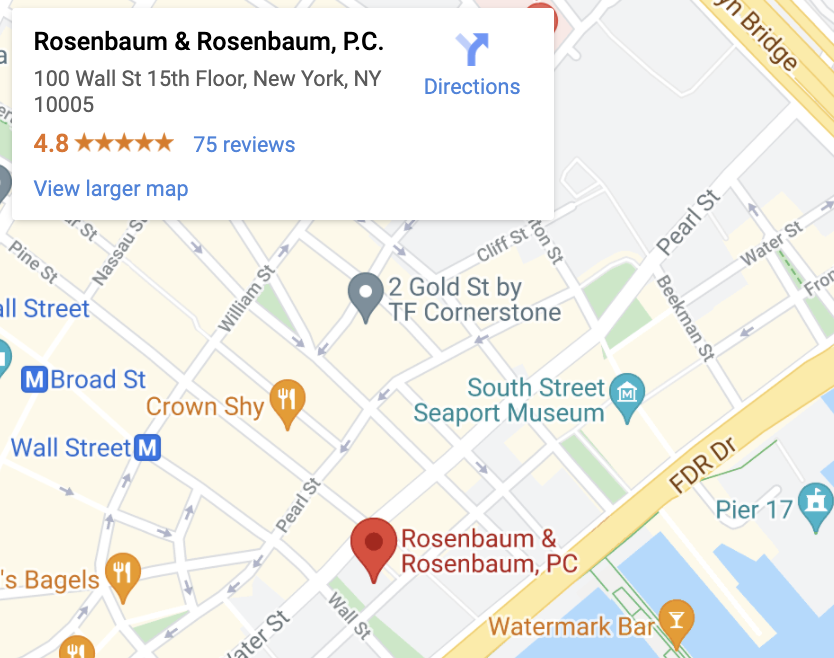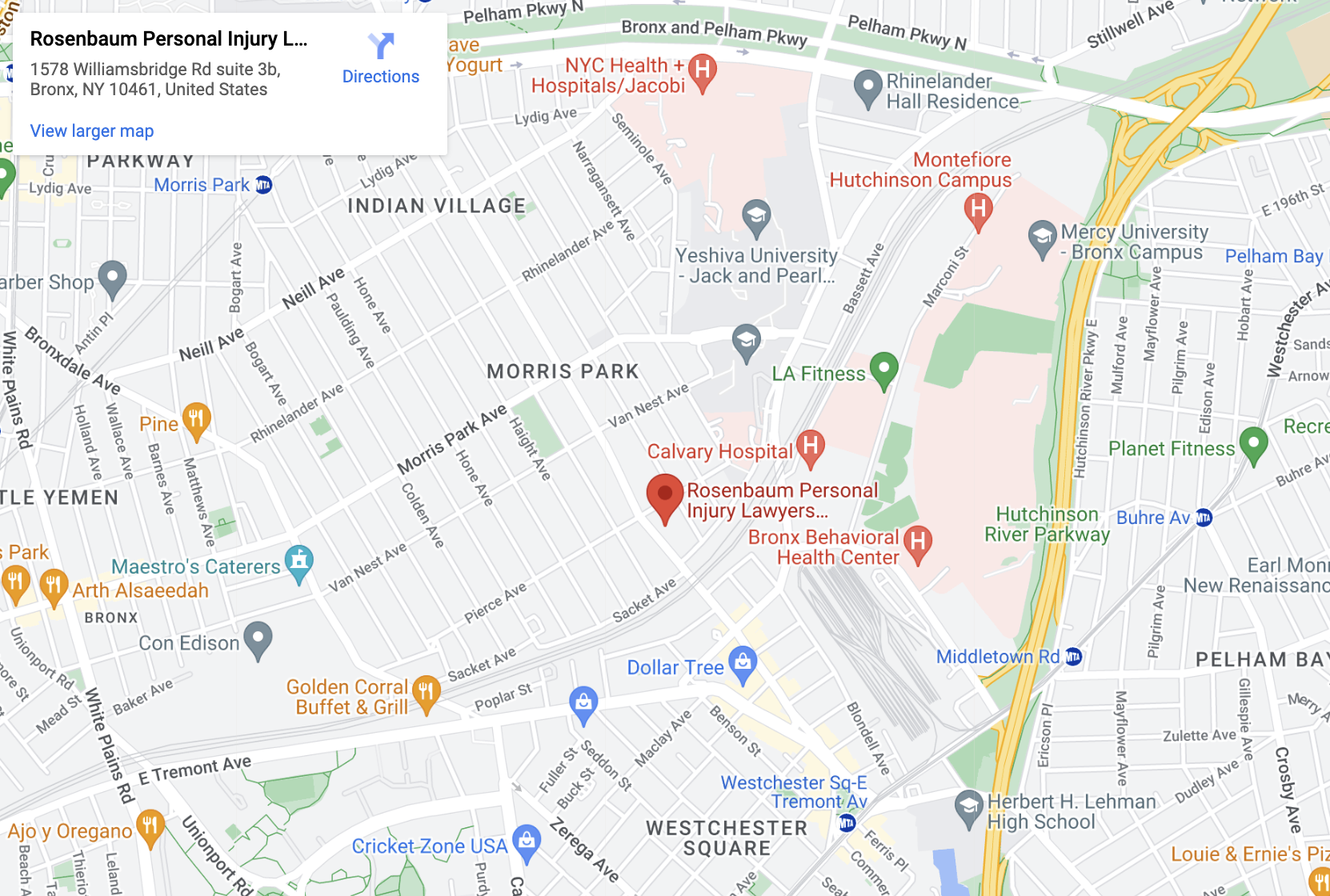What’s the Difference Between a Claim and a Lawsuit?

When you’re injured in an accident, many things happen all at once. It can be overwhelming, especially if somebody else is at fault. As the bills start rolling in and you’re struggling to figure everything out, it’s only natural to explore your options. Should you file a claim or a lawsuit?
It’s easy to confuse the two or use the terms interchangeably, but they are not the same. Understanding the difference between a claim and a lawsuit could help you decide the best course of action after your injury.
Claims are legal demands for compensation, such as a request to an insurance company for payment following an accident. Lawsuits are legal actions decided in court and involve one party, the plaintiff, suing another party, the defendant, for compensation.
Some cases are better settled through the claims process, while others require civil legal action to arrive at a resolution. The amount of compensation you seek, the facts of the case, and how much effort you want to commit to the process may all factor into your decision. You may also want to consult a lawyer, especially if you have a complicated case.
Table of Contents
Understanding the Claims Process

If you were in an accident, you may be able to file a claim with the at-fault party’s insurance company. Of course, this process only works if the other party has insurance to cover the accident.
It’s easiest to explain the claims process in relation to a car accident and insurance claim because it’s commonplace. New York requires drivers to carry insurance. Since New York is a “no-fault” state in the event of an accident, you file a claim with your insurance first.
However, your insurance may not cover all of your damages. If one party acted negligently to cause the accident, you may be able to file a lawsuit against them if your injuries were severe enough. The at-fault party would rely on their liability insurance to cover the costs, including a legal defense if necessary.
Filing the Claim
You need to notify the insurance company of your intent to file a claim immediately. However, you have a little time to explain what happened and submit your actual claim. It’s best to file the claim when you have a clear picture of the damages, your injuries, and the total cost of everything. Once the insurance company receives your claim, they will investigate.
The Offers
You will likely receive a low initial settlement offer, at which point you can accept, reject, or make a counteroffer. Accepting the claim usually involves signing an agreement that you won’t be entitled to future money related to the accident. Making a counteroffer is usually the best choice.
It may take some back and forth until you get their final offer. If you reject the final offer, you may need to file a lawsuit.
Filing a Lawsuit
People choose to file personal injury lawsuits for many reasons. Some of the common reasons include the insurance company denying the claim, refusing to negotiate fairly, or stopping negotiations altogether. Another prominent reason is the damages and costs you incur exceed your insurance coverage or the other party’s.
It’s important to note that personal injury lawsuits usually only benefit people who sustained serious injuries and subsequent financial losses. Many people choose to go through the claims process because personal injury lawsuits take a long time to resolve, sometimes several years. However, in some cases, it’s the only option.
Initiating the Lawsuit
To make matters more confusing, you start a lawsuit with a claim. The formal process begins when you file a claim with the local court. Then, the other party receives a copy of the case from the court.
Negotiation, Arbitration, and Mediation
The other party, now the defendant, can respond in one of two ways. First, they can ask to settle things privately. Alternatively, the defendant can fight back and file a response to your claims.
Negotiations involve some back and forth between you and the other party. Mediation involves a third party in the conversation to help reach a resolution. The third possibility is arbitration, which also involves a third party to help resolve the issue, but decides on your behalf. If no agreement is reached, the case moves to litigation.
The Litigation Process
Litigation means your case goes to court, where both parties present their cases to a judge and jury. The jury decides the outcome and the damages award.
Personal injury lawsuits can be complicated and involve several phases of negotiation and litigation. It may be in your best interest to retain legal counsel to handle some of the intricacies and make sure you get the best possible outcome.



